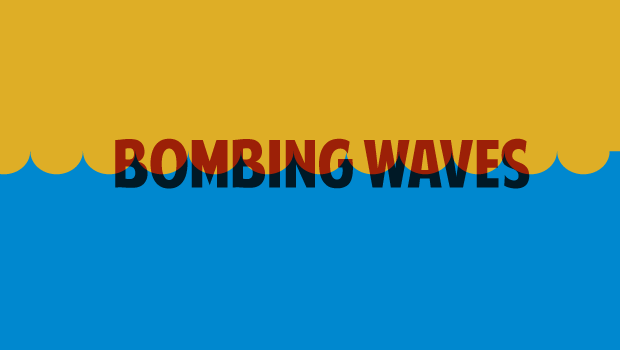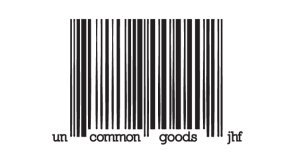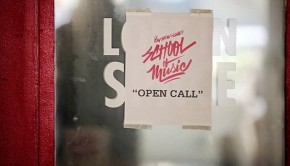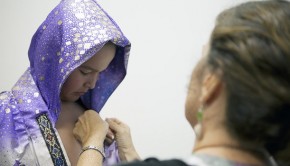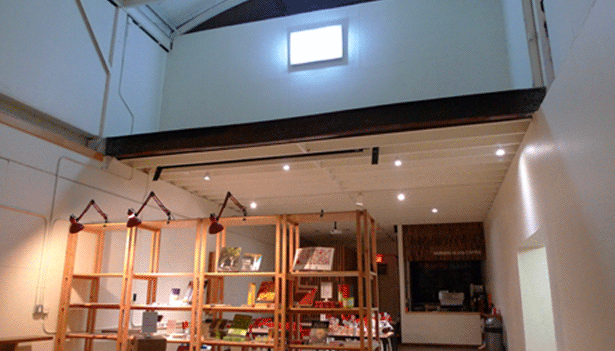Unraveling the Cultural Layers and Mixed Signals of North Shore, Oahu
I had been a fan of Chas Smith’s pieces in Surfing and Stab magazines for years before hearing about his new book, Welcome to Paradise, Now Go to Hell: A True Story of Violence, Corruption, and the Soul of Surfing, published by It Books. And since he’s covered surfing for more than 10 years—currently, Smith is “editor at living large” for Surfing Magazine; before that, he was a war correspondent for Vice Magazine and Current TV—he’s developed a unique perspective on the surf industry and the characters within.
If a lot of visiting surfers knew as much about this history as Smith does, maybe they’d be more appreciative of being someplace so special.
He grew up in Oregon, and I only bring that up because most surf writers who grow up in surf-centric areas often omit details or information in their pieces that they assume their audience already knows. Maybe this assumption stems from their surf-centric upbringing, their surf peers, or their surf editors. Smith, however, explains characters and situations as if describing them to people who’ve never even seen the Pacific Ocean, which allows space for Smith to pick up on subtle behaviors and the blinding satire to which those surf-centric writers can be oblivious. It also gives Smith a better starting point for storytelling.
The book chronicles a nearly week-long period in mid-December, 2012. The Billabong Pipeline Masters surfing competition takes place every year during that time in usually big, barreling waves at the dangerous stretch of reef known as Pipeline. The entire surf industry descends upon the seven-mile miracle of surf that is North Shore, turning the population from a sleepy 15,000 to a bustling 40,000 for the competition waiting period.
This particular year, however, was a little different for the Pipeline Masters—it was supposed to be huge. Like really fucking scary huge. And the forecasters knew about it for over a week, creating intense hype in surf media and lots of buzz on the island. Smith details his encounters with various surf industry types, the local community, visiting professional surfers, and heavy mob-like North Shore locals.
The week proves to be an eventful one, with surf industry saturation, complex competition situations, and a violent confrontation involving the CEO of Billabong being openly assaulted amongst many staff members in Billabong’s beachfront home. In the book, Smith equates to “someone entering Larry Ellison’s or Jeff Bezos’s house and slapping them around and they have to take it.”
Sure, you’ll burn through the book’s 239 pages in a few days—Chas’s flow keeps things exciting when dealing with all the North Shore gossip and undertones. It slows when Smith has to explain all the basic surfing principles and why the geography of the North Shore produces the best waves in the world. While the book is described as “a true story of violence, corruption, and the soul of surfing,” I find much of the violence and corruption told to be exaggerations and propaganda. I’ve heard many of these tales growing up and they’re nothing more than myths, frightful stories passed down as scare tactics to little groms in an effort to teach respect for surfing lineups.
I applaud Smith for the time and effort he took to study Hawaiian history. To learn the colonization of a self-sustainable island nation and its fallout. What happened to the Hawaiian people in the past is directly reflected in the localism that brews on the North Shore. If a lot of visiting surfers knew as much about this history as Smith does, maybe they’d be more appreciative of being someplace so special. Unfortunately, it seems those visitors probably won’t read this book, as it’s not written for them. It will occasionally be too rudimentary for them to maintain interest. Explaining, for instance, the mind-numbing description of a “right” wave that is a viewed from the shore is actually a “left” breaking wave from right to left, and why the bottom contours of the reef from deep to shallow create the form in the wave and it’s direction. For someone who surfs, this is boring; for someone who doesn’t surf, they probably won’t care.
For me, as someone born and raised in Hawaii, the most interesting part to read wasn’t about the heavy North Shore locals or Pipeline Masters—I already know those stories; I know how they end. What’s most interesting about Welcome to Paradise are the stories of what some of the visiting surfers took just by being in Hawaii, and the disdain some of them have for Hawaii based on the discrimination they face by local or indigenous people. References to locals “slapping”, “choking out”, and “false cracking” disrespectful visiting surfers is prevalent and each action is given a detailed description that is both accurate and entertaining.
When things like that happen, it’s probably the first time these caucasian surfers have ever faced such unpleasantness in their surfing lives. It makes sense that they would have negative reactions. Oliver Kurtz, a professional surfer from Florida, is quoted in the book as saying, “I hate this fucking place,” and an unnamed South African professional surfer went as far as to say, “I want to plant TNT on the reef at Pipeline and blow the shit out of it. Then all these North Shore monkeys won’t have anything anymore. We will take away the only fucking thing that they have.”
You’ll burn through the book’s 239 pages in a few days—Chas’s flow keeps things exciting when dealing with all the North Shore gossip and undertones.
The book sparks more interest for me as a resident of Hawaii than as someone who is involved in the surf industry. The local cues that Smith picks up on and describes from an outsider’s point of view are uncanny and unlike any author I’ve read before (either local or a visitor). While the book’s references to physical violence border on hyperbole, Smith’s ability to unravel the cultural layers of Hawaii and the micro-environment of the surf industry from start to finish is exhilarating and addicting. You will finish this book before you want to.

